When founder Henry Ford handed control of Ford to his grandson Henry Ford II in 1945, the company was in shambles. Although Ford enjoyed great success with the all-new 1949 models, their flathead V8 engine was not competitive against the new overhead-valve V8s from Cadillac and Oldsmobile.
Henry the Second had hired the “Whiz Kids,” a group of U.S. Army WWII veterans who had pioneered statistical and logistical controls for the Army Air Corps, to revive the Blue Oval. One of their tasks was to fast-track new overhead-valve V8s.
In this article, we’ll look at three of them—the Y-block, FE, and MEL engines.
The Y-Block
Y-block V8 development dates back to 1948. It had a deep-skirted block designed to be as rigid as possible. The casting extends below the crankshaft centerline, forming a Y-shape. This provides more support to the crankshaft and five main bearings.
The first Y-block was the 317 cubic inch version that debuted in the 1952 Lincoln. The engine produced 160 horsepower at 3,900 RPM and 284 lbs.-ft. of torque at 1,800 RPM. Lincoln enlarged the engine to 341 cubic inches in 1955 and 368 cubic inches in 1957. The 341 made 225 horsepower and the 368 made 285 horsepower. The Lincoln Y-block V8 was also available in heavy-duty trucks through 1957 in 279, 302, 317, 332, 341, and 368 cubic inch displacements.
The Ford Division introduced its version of the Y-block V8 in 1954. The 239 cubic inch engine had the same displacement as the flathead V8 it replaced, but made 130 horsepower compared to the flathead’s 110. The Y-block also made more torque. Ford increased displacement to 272 cubic inches in 1955. This engine was available with horsepower ratings from 162 in 1955 to 190 horsepower in 1957.
Ford introduced the 292 and 312 cubic inch ‘Thunderbird Special’ Y-blocks in 1955 and 1956 respectively. The engines were standard equipment on the Thunderbird and optional on other Ford models. The 292 peaked at 212 horsepower in 1957; by 1962 it was making just 170 horsepower as the entry-level V8 in full size Ford passenger cars.
The 312 was the pinnacle of Y-block performance. With four-barrel carburetion the engine made 212 horsepower in 1956 and 245 in 1957. Engines with dual quad carburetors were available in 270 and 285 horsepower versions. The most powerful Y-block was the 1957 “F-code” 312 with a single four-barrel and a Paxton supercharger. It was rated at 300 horsepower in street tune and 340 for racing.
332-290 FE
As the 1950s progressed, Ford realized the Y-block V8 was reaching the limits of its development. Cars were getting larger and heavier and the horsepower wars were in full swing. In response, Ford developed the FE engine family. The FE was technically a Y-block design but had a thin-wall block casting that used less material. That made it lightweight without compromising strength.
The FE was introduced in 1958 in 332 and 352 cubic inch displacements. A 361 cubic inch version was offered in the 1958 and 1959 Edsel. The 352 ‘Interceptor V8’ was the first performance version of the FE. In 1958 it was rated at 300 horsepower with a four-barrel carburetor and 10.5:1 compression.
The ultimate 352 was the 1960 Thunderbird Special. With 10.5:1 compression, a long-duration solid lifter camshaft, Holley 4160 carburetor, and header-style iron exhaust manifolds, the engine made 360 horsepower at a lofty 6,000 RPM.
The FE engine grew to 390 cubic inches in 1961. With a four-barrel carburetor, it made 300 horsepower and 427 ft. lbs. of torque. Many variations of the 390 were produced over its 15-year production life—the Police Interceptor, Thunderbird Special, and the 390 Special to name three.
Ford quickly developed high performance versions. The 375 horsepower High Performance 390 with 10.5:1 compression, solid-lifter camshaft, Holley 4160 carburetor, and header style iron exhaust manifolds was available in 1961 and 1962. The same engine with dealer-installed 6V carburetion made 401 horsepower.
When Lee Iacocca took the reins of the Ford Division as vice president, he launched the “Total Performance” campaign to transform Ford’s image from stodgy to race-ready. A 406 cubic inch version of the FE introduced in 1962 was part of that. It had improved cylinder heads and made 405 horsepower at 6,000 RPM with three two-barrel carburetion. A single four barrel version made 385 horsepower.
The 406 quickly made way for the 427 cubic inch FE in 1963. The 427 used a new block casting with cross-bolted main caps for strength. The blocks were machined and assembled on a 427-specific line at the Dearborn Engine Plant. Each engine was hand-assembled with close attention to detail.
All FE engines had an oiling system that delivered oil to the top end first at the expense of the rotating assembly. That caused oil starvation at high RPM. Ford engineers reinvented the 427’s oiling system with the “Side-Oiler” block in 1965. The revised system oiled the main journals first and solved the oil starvation issue.
High-performance 427s were available with of three cylinder head/intake manifold combinations. ‘Low-riser’ engines had the same cylinder heads as standard 427s but fitted with bigger valves. ‘Medium-riser’ heads had taller intake ports and still-bigger valves for more airflow. These were installed in Cobras, R-code Fairlanes, and other high performance cars beginning in 1965. ‘High-riser’ heads flowed even more air and were strictly race-only. They were used on the dual-quad 427s in Thunderbolt Fairlanes and lightweight Galaxies in 1963 and 1964.
Then there’s the rare 427 SOHC (single overhead cam) engine. Designed to compete with Chrysler’s 426 Hemi in NASCAR stock car racing, the ‘Cammer’ had cylinder heads with hemispherical combustion chambers and overhead camshafts driven by a six-foot timing chain. It made 616 horsepower with a single four-barrel carburetor and 657 horsepower with dual quads. NASCAR banned the engine from competition, but it found fame in Top Fuel competition in the late 1960s.
428 FE
As a high-revving, big-bore performance engine, the 427 didn’t have the sedate manners required for full size passenger cars. Ford introduced the 428 FE in 1966 to rectify the issue. With 4.130-inch bores and a 3.980-inch stroke, the engine made gobs of smooth low-end torque—just the ticket for heavy full size cars.
It took a successful Ford dealer in Providence, Rhode Island to see the performance potential of the 428. Bob Tasca was an avid drag racer and was disappointed with the factory 390 High Performance V8. He ordered a 428 Police Interceptor short block, bolted on a pair of 406 FE heads and other factory performance parts, and put it in a 1967 Mustang fastback nicknamed KR-8 (King of the Road).
Tasca and Hot Rod Magazine’s Eric Dahlquist worked together to convince Ford to make a version of their engine. The company obliged and introduced the 428 Cobra Jet as an option in Mustangs for mid-1968. Cobra Jet-powered Super Stock Mustangs cleaned house at the 1968 NHRA Winternationals and another Ford legend was born. You can learn more about the 428 Cobra Jet in this Hot Rod article.
A corporate sibling of the FE is the FT engine designed for medium- to heavy-duty trucks. Available in displacements of 361, 389, and 391 cubic inches, the FT is virtually identical in appearance to the FE, but many parts are not interchangeable. FTs do not make good performance engines.
MEL
The Ford MEL (Mercury-Edsel-Lincoln) V8 was introduced in 1958 along with the FE engines. Produced in displacements of 383, 410, 430, and 462 cubic inches, the MEL was available in Mercury, Edsel, and Lincoln cars as well as Ford’s Thunderbird. Torque was the name of the game here, with some engines pushing close to 500 lbs.-ft. of the stuff.
The MEL V8 shared some similarities with the FE including a skirted block and two-bolt main journals. Unique to the MEL engines were the cylinder heads. Instead of conventional combustion chambers, the block deck was machined at a 10-degree angle to form a wedge-shaped combustion space in the top of the cylinder bore. Changing the piston crown would change the effective static compression ratio. The design was very similar to the Chevy 348 and 409 ‘W-block’ engines.
The 383 was the base MEL engine used in 1958-60 Mercury passenger cars. The 410 cubic inch MEL was an Edsel-only option rated at 345 horsepower. The 430 cubic inch MEL was produced from 1958-65 and available in Ford, Lincoln, and Mercury cars. In Mercury Super Marauder trim with triple two-barrel carburetors, the 430 made 375 horsepower. The 462 cubic inch MEL engine was exclusive to Lincoln from 1966 until 1968. It was replaced by the 429 big block in 1969.
The Super Duty (SD) heavy-duty truck engines were close cousins of the MELs. They were produced at Ford’s Cleveland Engine Plant from 1958 to 1982 in 401, 477, and 534 cubic inch displacements.
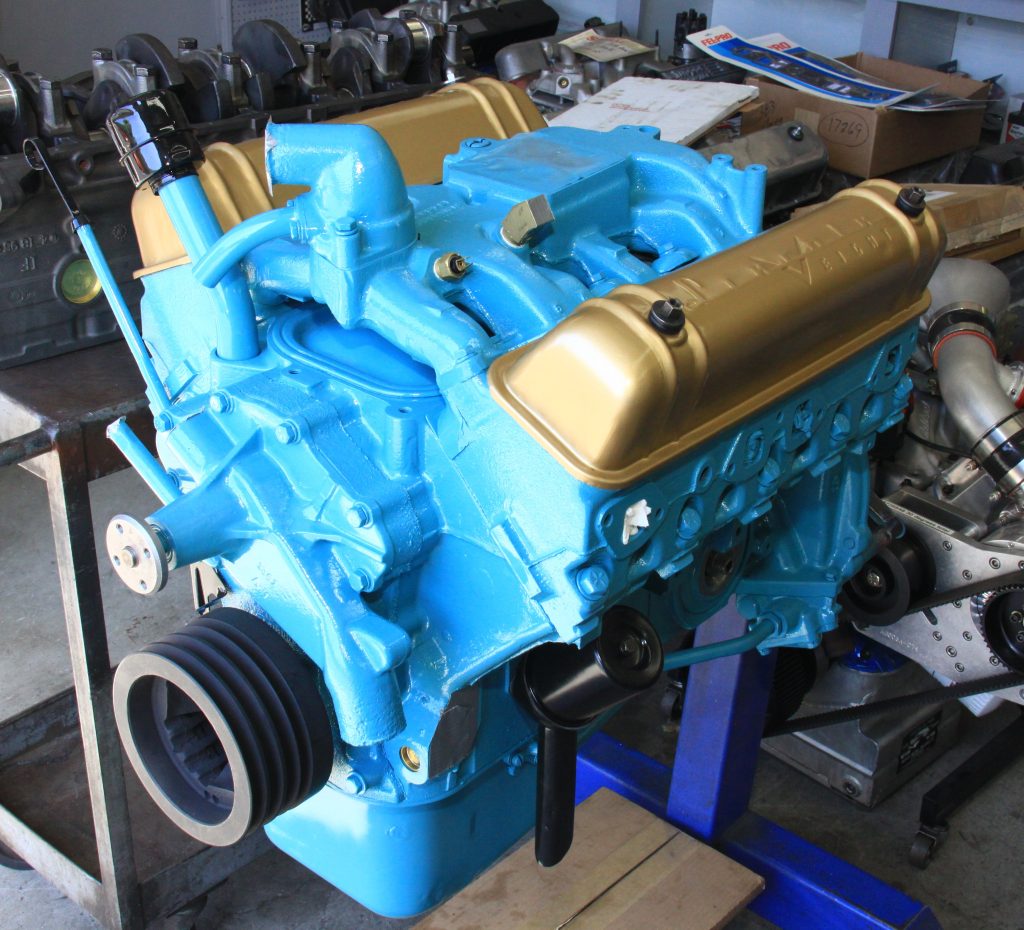
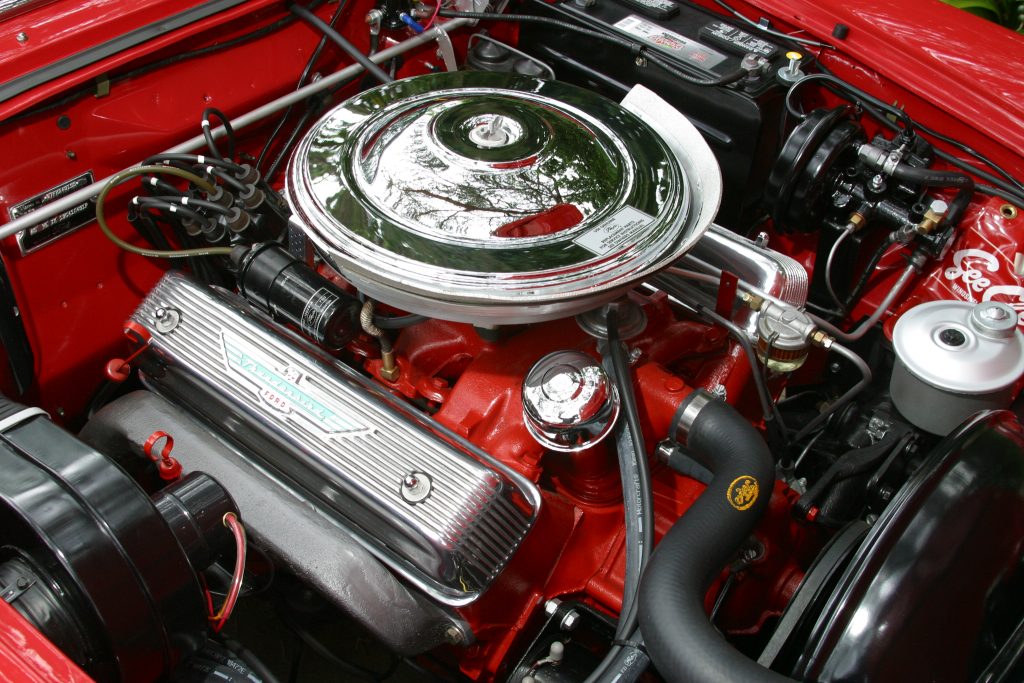
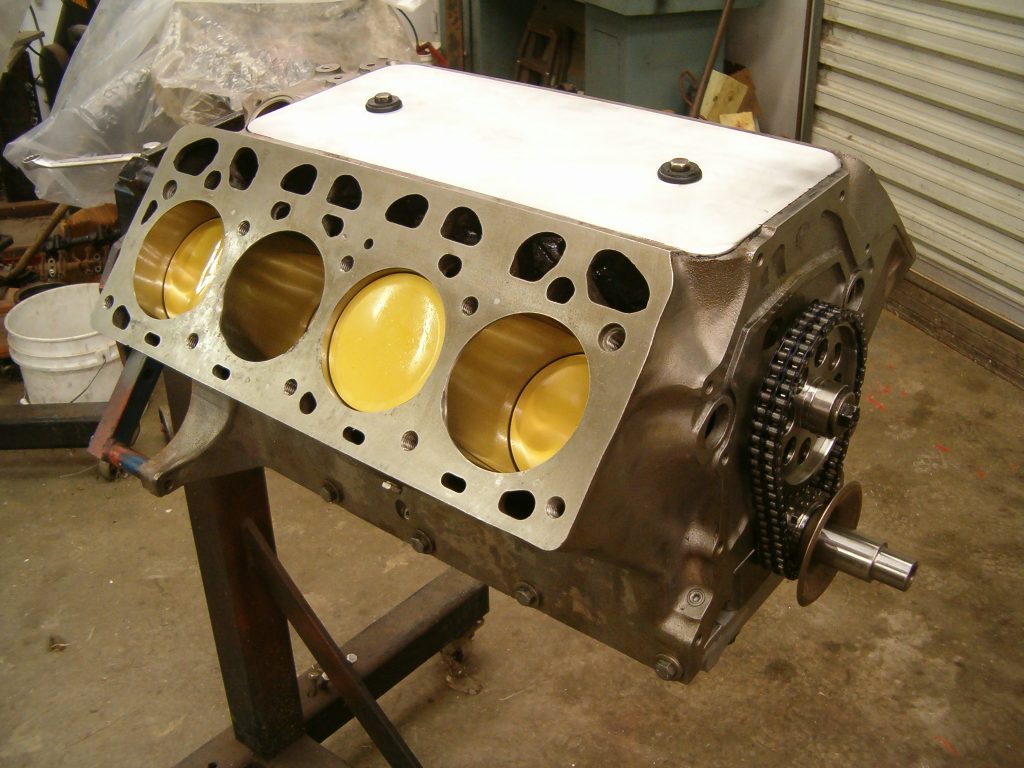
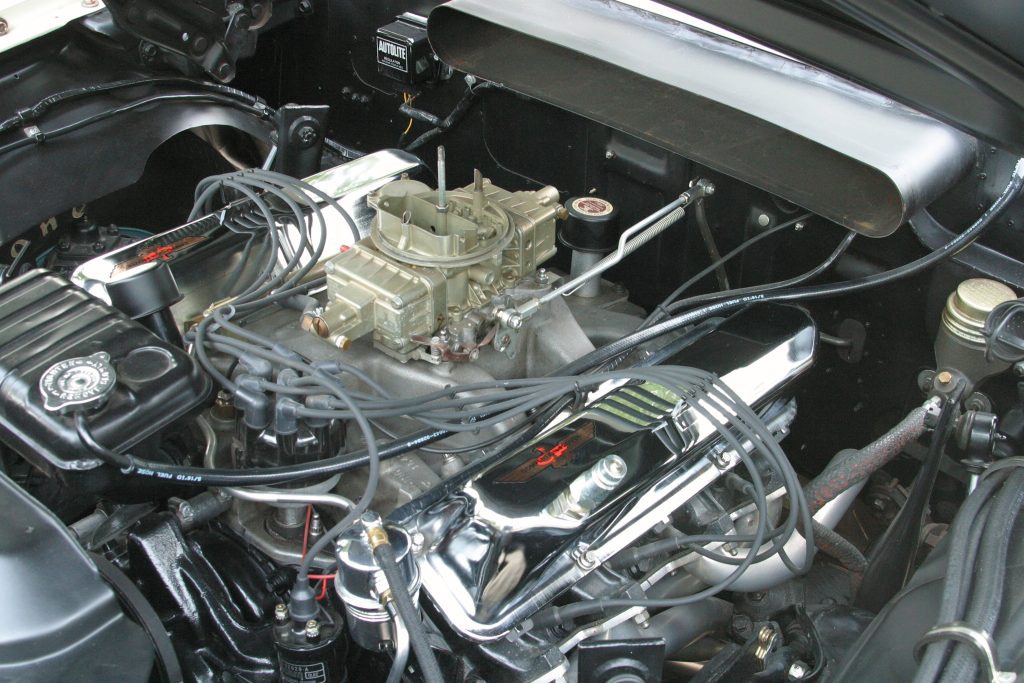
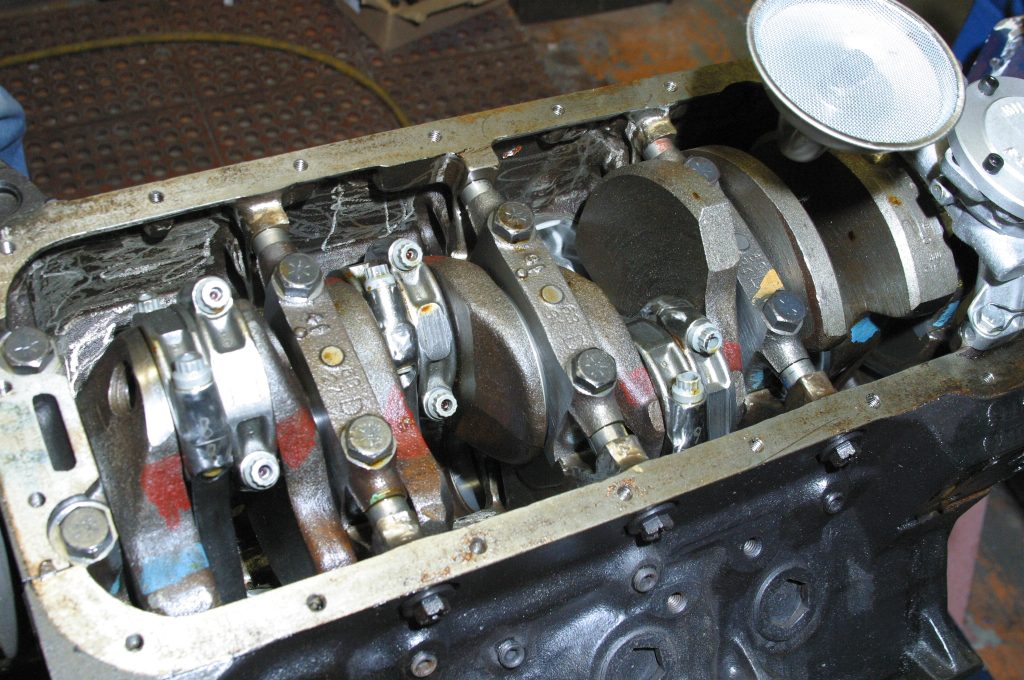
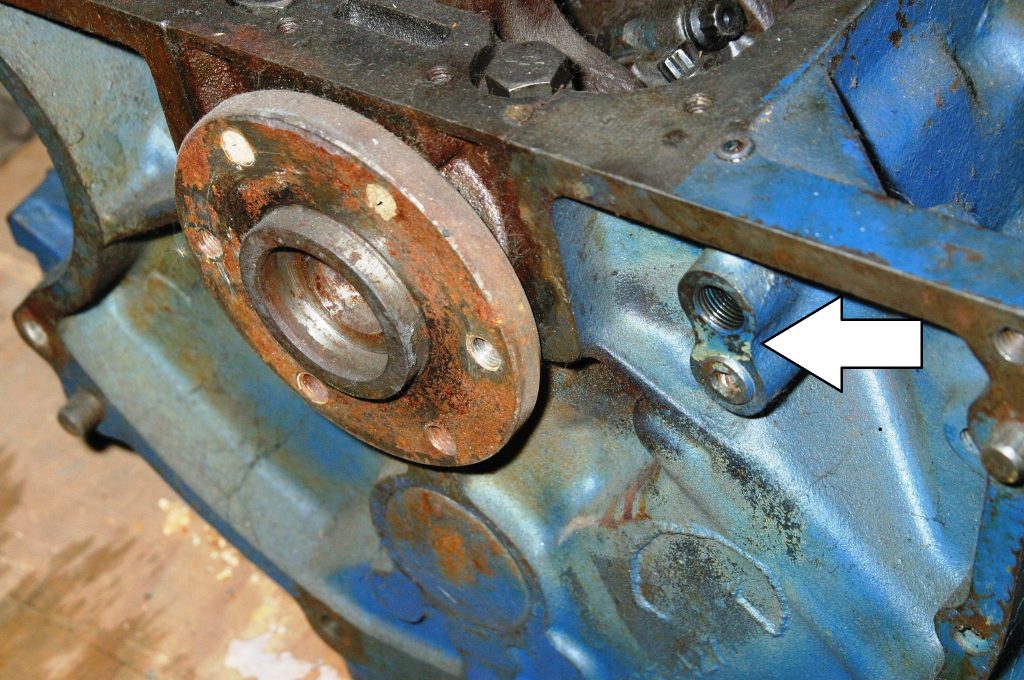
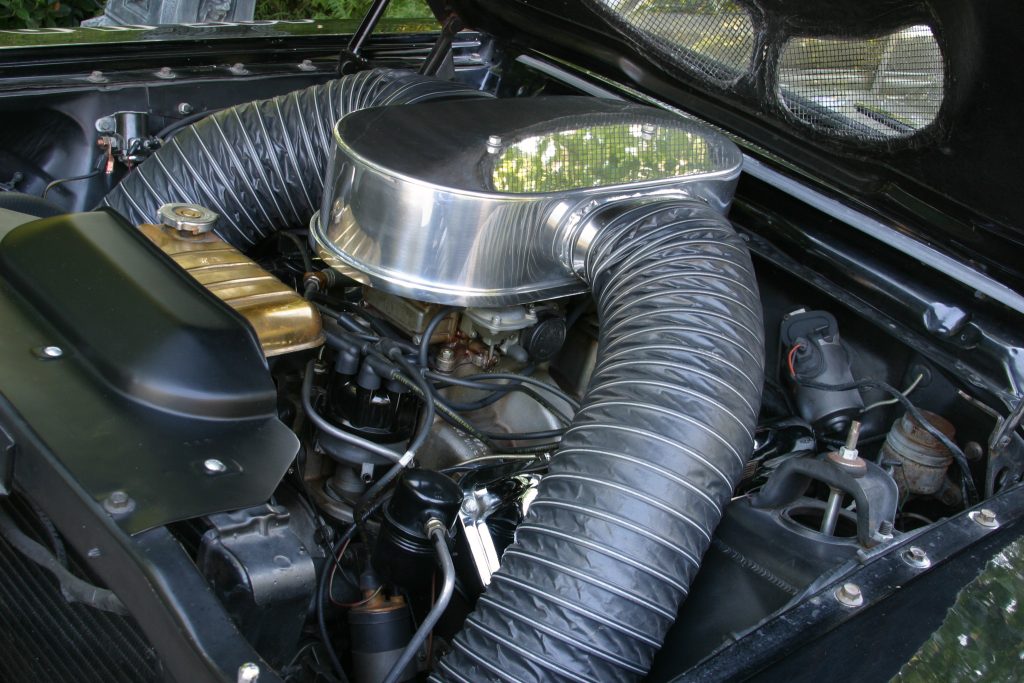

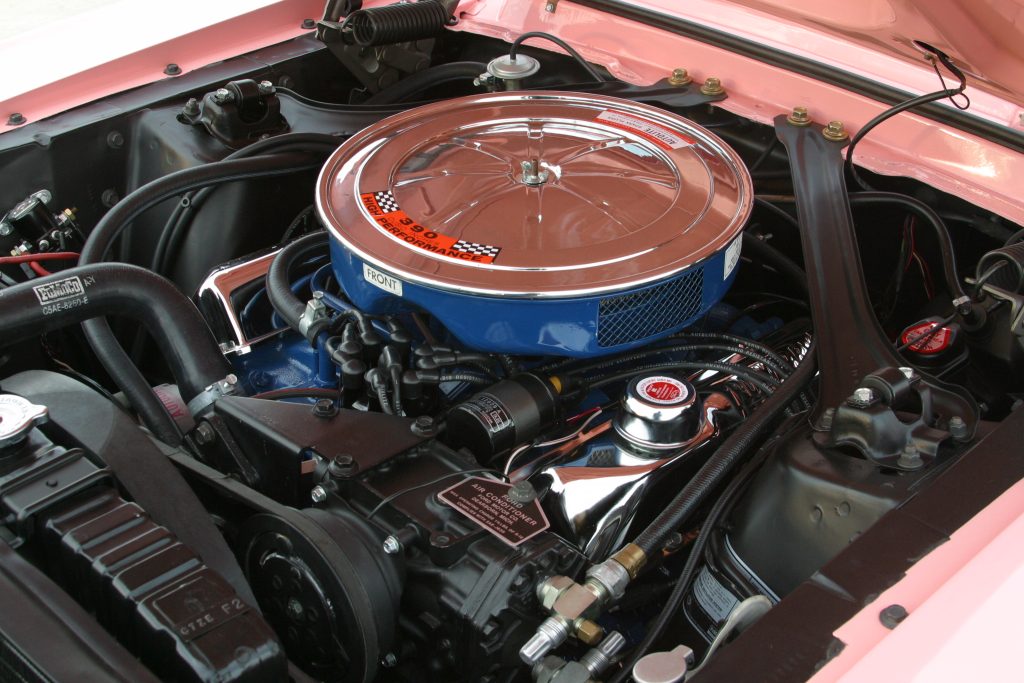
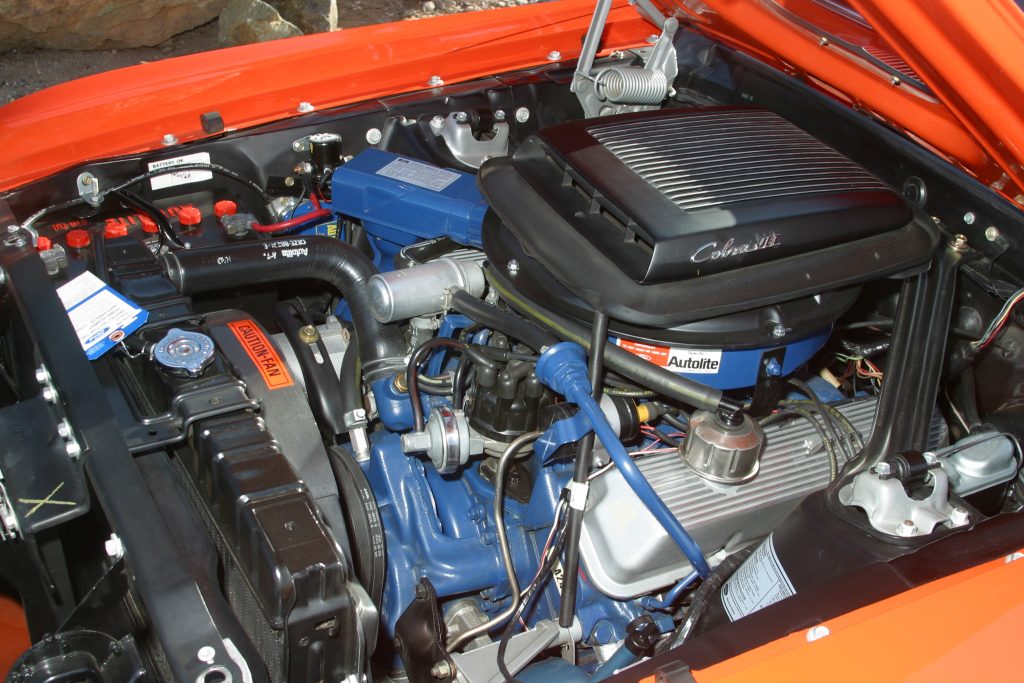
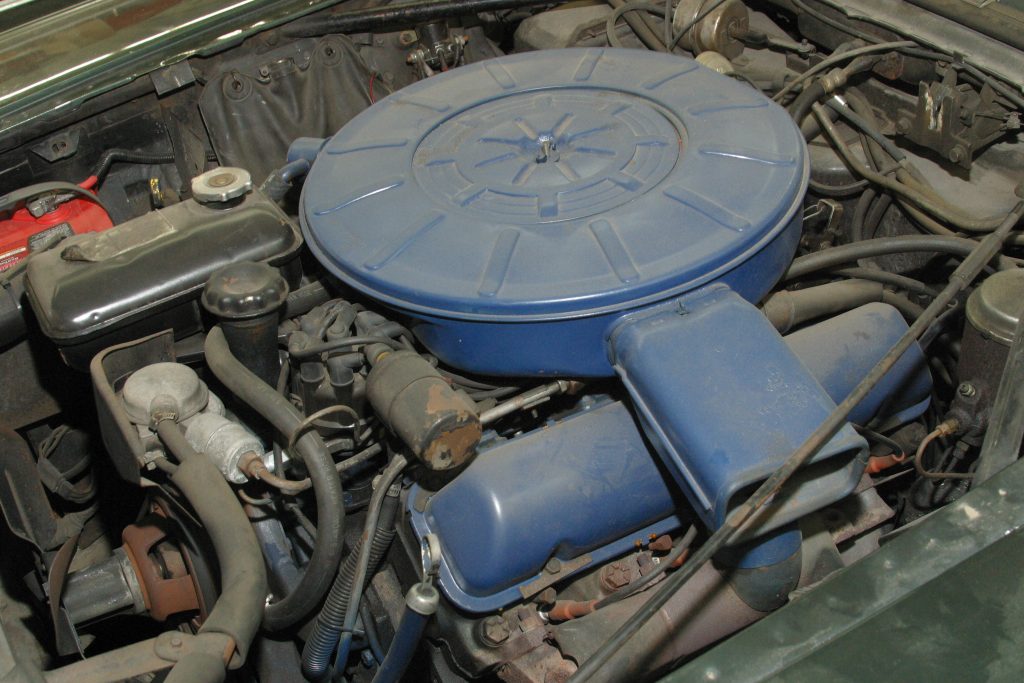


Comments